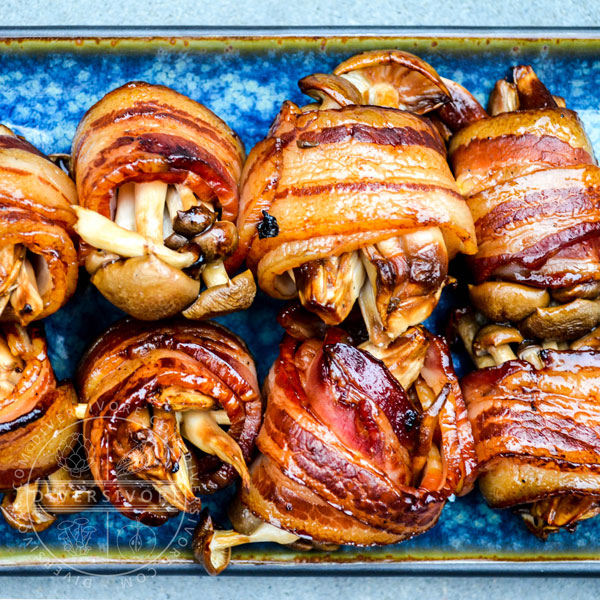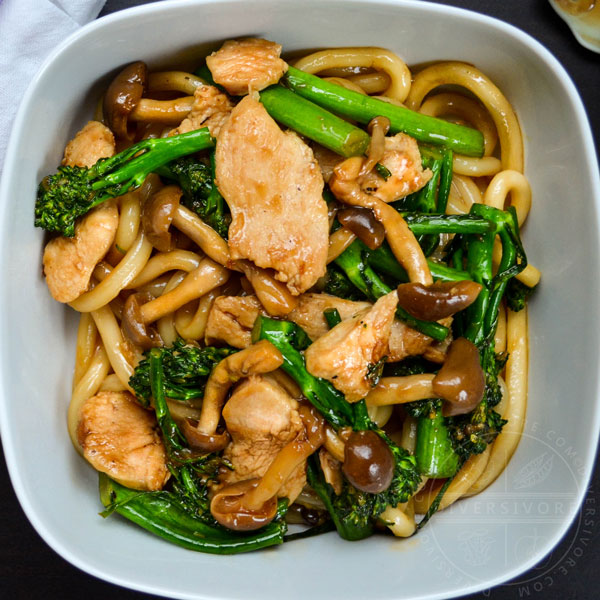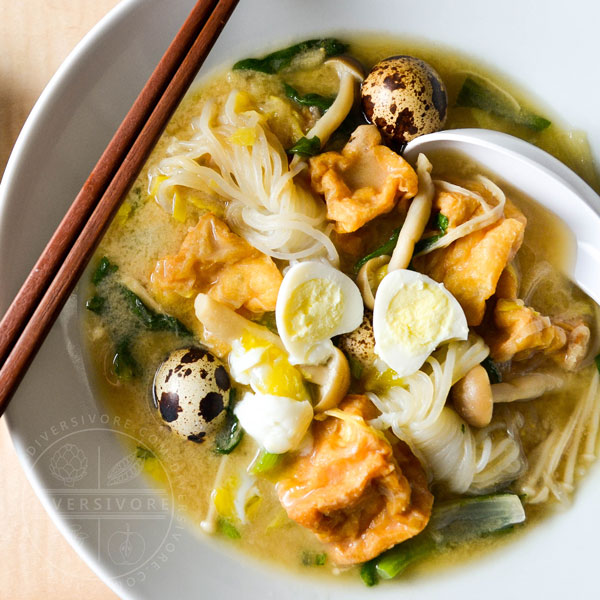How to Find, Choose, & Use
Shimeji Mushrooms
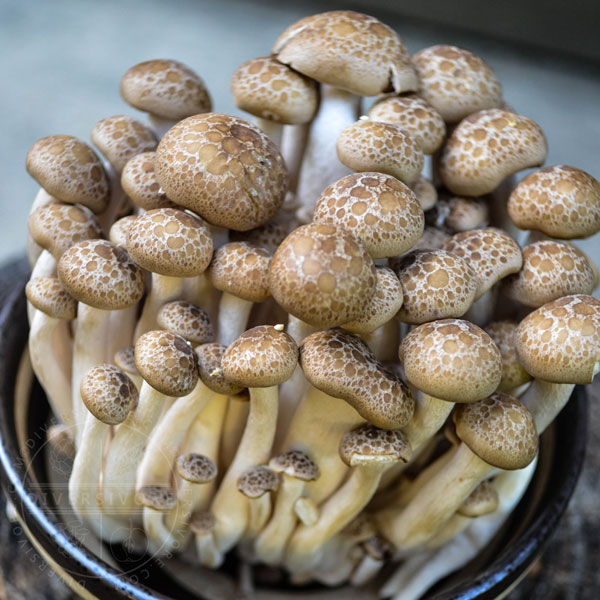
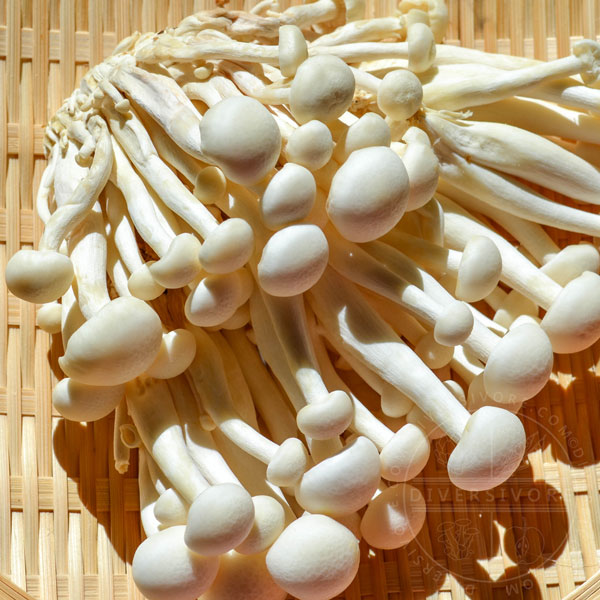
Share this Guide
The Basics
What Is It?
The edible above-ground portion of the beech mushroom
Seasonality
YEAR-ROUND
Flavour Profile
Savoury/Nutty
Other Names
Beech mushroom, buna-shimeji (brown variety), bunapi-shimeji (white variety), tomo-motashi (Japanese), chiodini, pioppini (Italian)
Shimeji Mushrooms FAQs
Are Shimeji Mushrooms Healthy?
Yes! They've high in niacin, and relatively high in protein, potassium, and fiber. As with most mushrooms, they're very low in carbohydrates and fat.
Can You Eat Shimeji Mushrooms Raw?
It's not advisable. In addition to being bitter in their raw state, shimeji mushrooms are also harder to digest.
Do You Have to Wash Shimeji Mushrooms?
It's a good idea to gently rinse them, but you don't need to be too vigorous. Commercially cultivated shimeji mushrooms are generally kept very clean when growing.
How Long do Shimeji Mushrooms Last?
How-To
Find
Asian grocery stores are your best bet, though an increasing number of conventional grocery stores carry them as well
Choose
Firm, smooth, dry looking mushrooms. Avoid soggy or slimy looking mushrooms.
Prep
Difficulty: Low - Commercial shimeji mushrooms are generally very clean. Wash gently and cut away the tough interconnected bottom portion of the mushroom bundle. You can hand-separate clinging mushroom stalks to ensure even cooking.
Use
Shimeji mushrooms must be cooked. They cook fairly quickly and can be prepared in a number of ways (e.g. stir-frying, in soups, baked, etc.). They don't overcook too easily, but they're best when still firm.
Store
Short Term: Shimeji mushrooms are often sold in a breathable plastic wrap. This is an ideal storage system. If they've been opened or they're in non-breathable plastic, wrap uncut and unwashed mushrooms in a paper towel and refrigerate in an unsealed bag. Fresh mushrooms will keep for up to several weeks when stored properly. Raw shimeji mushrooms do not freeze well.
Culinary Info
Flavour Profile
Savoury/Nutty - Shimeji mushrooms have a pleasant and fairly unobtrusive nutty flavour. They retain a firm, somewhat crunchy texture when cooked. Brown and white varieties do not differ substantially in flavour, though brown can be slightly more bitter.
Substitutions
Oyster mushrooms and straw mushrooms are reasonably good substitutes, though somewhat less crunchy/snappy in texture. Crimini/button mushrooms differ considerably in flavour and texture, and don't make great substitutes.
Cuisines
Prominent in Japanese cooking, and well-used in a variety of European cuisines too, these mild mushrooms are popular in soups, pastas, hotpots, stir-fries, and even baked dishes.
Flavour Pairings
Excellent with Japanese staples (soy sauce, miso, dashi, mirin, rice, etc.), and excellent with olive oil, mild herbs, pasta, and other relatively light flavours.
Varieties
The two most prominent varieties (shown at the top of this page) are the brown shimeji (buna-shimeji) or beech mushroom, and the white shimeji (bunapi-shimeji). These shouldn't be confused with the hon-shimeji or hatake-shimeji mushrooms, which are uncommon outside of Japan. See 'Important Varieties' note below for more detail, and information about related mushrooms.
More Info
Nutrition
High in niacin (35% r.d.v.) and relatively high in potassium, with some protein, fiber, and iron.Nutrition FactsShimeji Mushrooms - 100 g (3.5 oz)Amount Per ServingCalories 35 Calories from Fat 4% Daily Value*Fat 0.4g1%Saturated Fat 0.02g0%Polyunsaturated Fat 0.04gMonounsaturated Fat 0.01gSodium 18mg1%Potassium 420mg12%Carbohydrates 6g2%Fiber 2g8%Sugar 1g1%Protein 3g6%Iron 1.3mg7%* Percent Daily Values are based on a 2000 calorie diet.Top-To-Tail
The entire mushroom is eaten (cooked, not raw). The tough, interconnected lower portion of the stalks is generally cut off and discarded.
GMO Status
There are no GM or gene-edited shimeji mushrooms in the human food supply.
Health & Science
Shimeji mushrooms contain compounds that have been linked to possible anti-cancer activity; research into these effects is in early stages, and is currently ongoing.
Organic vs. Conventional
Both organic and conventionally grown shimeji mushrooms are widely available in both brown and white forms. See note below for details.
Shimeji Recipes
Share this Guide


